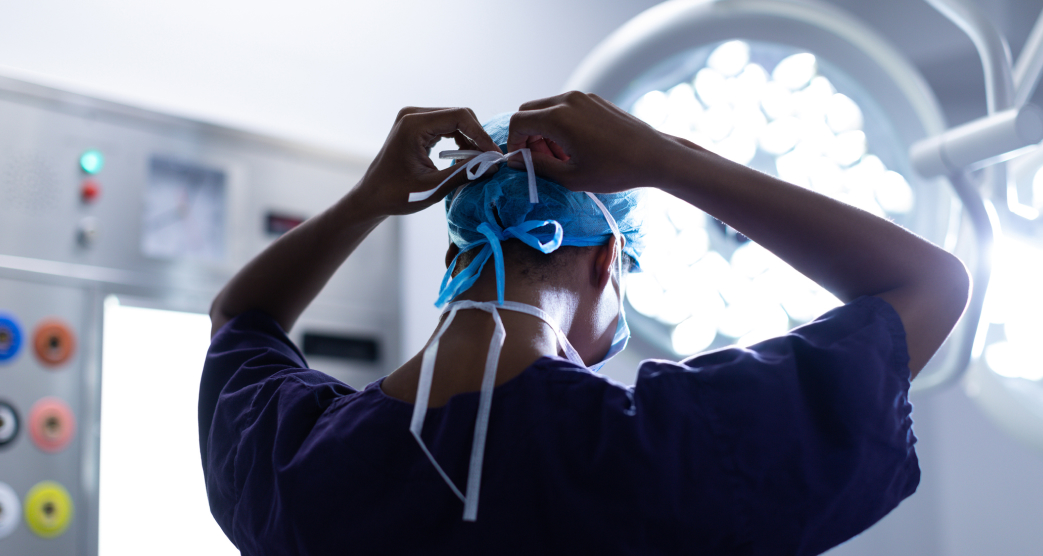Preparing for Surgery

Introduction
This section provides a general overview of the steps to take in the two weeks leading up to your procedure. However, it is important to note that the specific steps may vary depending on the type of surgery you are having, whether it is Follicular Unit Extraction (FUE) or Follicular Unit Transplantation (FUT). Each technique has its unique considerations, and individual requirements may differ. Therefore, it is of utmost importance to follow your surgeon’s pre-operative instructions to the letter. Adhering to these personalized guidelines will help ensure the best possible outcome and a smooth and successful hair transplant journey.
Two Weeks Prior to Your Procedure:
- Medication Disclosure: If you are currently taking blood thinners such as Plavix, Coumadin, or Heparin, it is vital to inform your healthcare provider immediately. These medications may represent a contraindication to the surgery.
- Beta-Blocker Consideration: If you are using broad beta-blockers like Inderal (Propranolol), please consult your doctor. A switch to a select beta-blocker might be necessary in preparation for the surgery.
- Hair Length: Maintaining an appropriate hair length is crucial for both FUT and FUE procedures. To ensure adequate coverage of sutures or staples in FUT surgery and to determine the natural direction of hair growth in FUE surgery, please refrain from cutting your hair within two weeks of the procedure. It is best to keep your hair at least ½” in length at the back and on the sides. When in doubt, the longer side is preferable, as your surgeon can trim it to the appropriate length on the morning of the surgery.
One Week Prior to Your Procedure:
- B and E Vitamins: For one week before the procedure, avoid taking B or E vitamins, including any multivitamins containing these vitamins. These supplements can increase bleeding. You can resume taking them three days after the surgery.
- Avoid Aspirin and NSAIDs: Refrain from using Aspirin or any other anti-inflammatory medications (NSAIDs) for one week before the surgery. These can be resumed three days after the procedure. NSAIDs include products such as Advil, Alka-Seltzer, Bufferin, Excedrin, Empirin, Nu-Prin, Motrin, Ibuprofen, and others. If you have any doubts, please seek advice from your healthcare provider or pharmacist.
- Continue Other Prescription Medications: Continue taking your regular prescription medications, including those for heart and blood pressure, right up to the day of the procedure.
Smoking Consideration: Smoking can have adverse effects on blood flow, wound healing, and hair growth. For optimal results and to reduce the risk of complications, it is highly recommended to avoid smoking from one week before the surgery until two weeks after the procedure.
Three Days Prior to Your Procedure:
- Avoid Alcohol: Refrain from consuming alcoholic beverages for at least three days prior to your procedure.
- Hair Dyeing: If you typically dye your hair to hide graying, it is recommend to dye your hair approximately three days before the surgery. This will make any white or gray hairs more visible and ensure that the scalp is free from dye on the day of the procedure.
The Day of Your Procedure:
- Pre-Procedure Shower: On the morning of your surgery, take a thorough shower using your regular shampoo. Refrain from applying sprays, gels, or styling products to your hair. If you wear a hair system, remove it before shampooing and avoid wearing it before the procedure.
- Comfortable Clothing: Wear loose, comfortable clothing that can be easily worn without pulling it over your head. This will help prevent dislodging the bandage or damaging grafts immediately after the surgery.
- Breakfast and Transportation: Ensure you have had breakfast before the procedure. Your clinic will provide lunch. As some medications used during the procedure may cause drowsiness, it is essential to arrange for someone responsible to drive you home afterward.
- Bandage Information: Following the procedure, you will be provided with a headband-type bandage covered by a bandana or a cap, which will not be visible. The bandages should be removed just before showering the next morning. After the first shower, no further bandages are required.